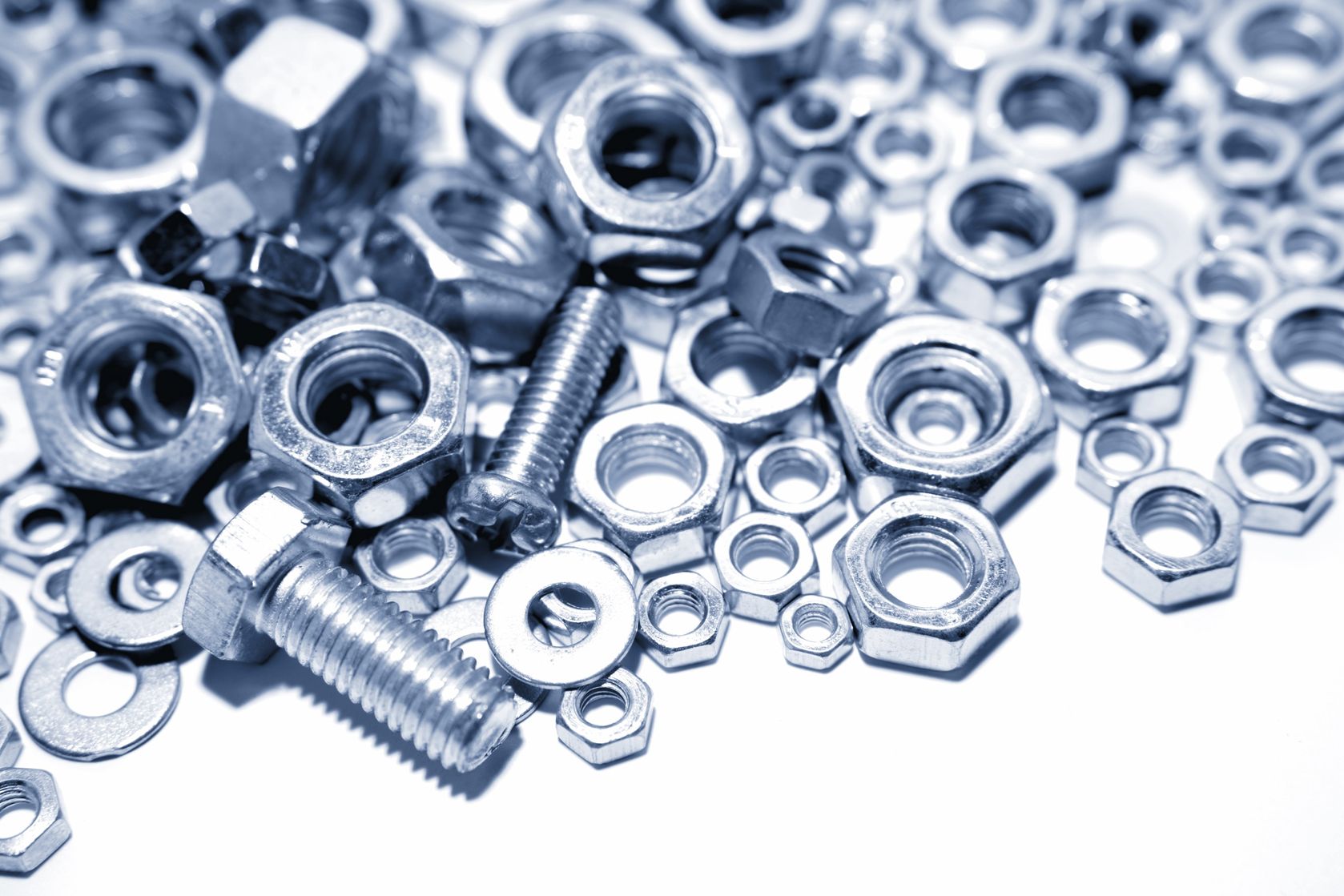Manufacturers must take care to choose premium fasteners that are designed and manufactured to minimize galling. This will help to ensure the safety of their manufacturing equipment and reduce costs from downtime caused by fastener failures.
Stainless steel and aluminum are particularly susceptible to galling because of their natural passivation layer. Choosing dissimilar materials with low ductility and rougher surfaces can help reduce galling.
What Causes Galling?
In order for galling to occur, metals must rub together with enough friction to produce heat. This heat energy causes material transfer from one surface to the other on a microscopic level. When these transfers become significant, they form a hard lump of material which sticks to the other surface. This entraps the majority of friction heat in the lump, increasing its plasticity, and concentrating it over a small area.
The type of metals most prone to galling are those that have a natural passivation layer, such as aluminium and variations of stainless steel. Fully hardened materials such as tool steels and martensitic stainless steels are less prone to galling because they have a harder crystal structure.
Surface finish is another important factor that can affect the tendency to galling. Highly polished or rough surfaces tend to gall more than cold rolled or pickled surfaces. A simple test is to rag over the threaded surface of a bolt or screw. If the rag snags, the bolt or screw is likely to gall when tightened.
How to Prevent Galling
Many people in the manufacturing industry may not be aware of galling, but it can be a serious issue that can damage expensive equipment and jeopardize the quality of the final product. Thankfully, it can be prevented with simple steps like using the right kind of lubricant, applying the lubricant correctly and being careful when working with fasteners made from potentially sensitive materials.
Most metals that have decent corrosion resistance, such as stainless steel, have a passivated oxide layer that prevents further reactions and is usually sufficient to protect the underlying material. However, under the wrong conditions, this layer can be punctured, exposing a ductile bulk material that will react and produce localized heat to form a galling lump.
Use the correct lubricant, including sprays and nickel-based anti-seize. Also, make sure the bolt threads are clean and undamaged before installing them. Lastly, try to tension, rather than torque, the fastener during installation. This will reduce the friction between surfaces and prevent the formation of galling coatings.
Materials Prone to Galling
Galling often occurs between metals that have a low cohesion and high friction. Softer metals like aluminum and austenitic stainless steel are most prone to galling, while hardened materials such as tool steels or martensitic stainless steels tend to have less of a problem with it. The presence of galling is more common in threaded assemblies like bolts and nuts that are subject to heavy loads and excessive friction.
Stainless steel hardware has the potential to become susceptible to galling because of its relative softness when compared to other common metals like zinc-plated steel. Most stainless steel hardware is coated with a chemical passivation layer that reduces the risk of galling, but this coating can rub off under certain conditions.
Other factors that may contribute to galling include threads that are damaged or have a close fit, a wrong type of nut used for the application, and extraneous loads caused by misalignment or extra fasteners introduced during assembly. Using dissimilar and harder materials that have lower ductility and rough surfaces can help to prevent galling, as can the use of proper lubrication.
Symptoms of Galling
Galling is a severe type of adhesive wear that causes metal surfaces to fuse together. Also known as cold welding, it happens when the forces of relative motion disrupt the protective oxide layer covering surface asperities and allow metal to metal contact, which results in material transfer. This process creates frictional heat that unintentionally welds bare metal surfaces together, creating a groove or score mark.
In industrial settings, galling most often occurs during the fastening of threaded components in applications that require high levels of torque. This can be costly in terms of manpower, scheduling delays and production loss.
It’s important to understand that galling is not a failure of the materials used. It’s the result of improper lubrication, friction and high loads. Using the right lubricants, taking steps to prevent excessive friction and limiting the amount of force required to tighten a bolt can help reduce the risk of galling. Stainless steel bolts and fasteners are especially prone to galling due to their specific properties, but galling can occur with any material.




